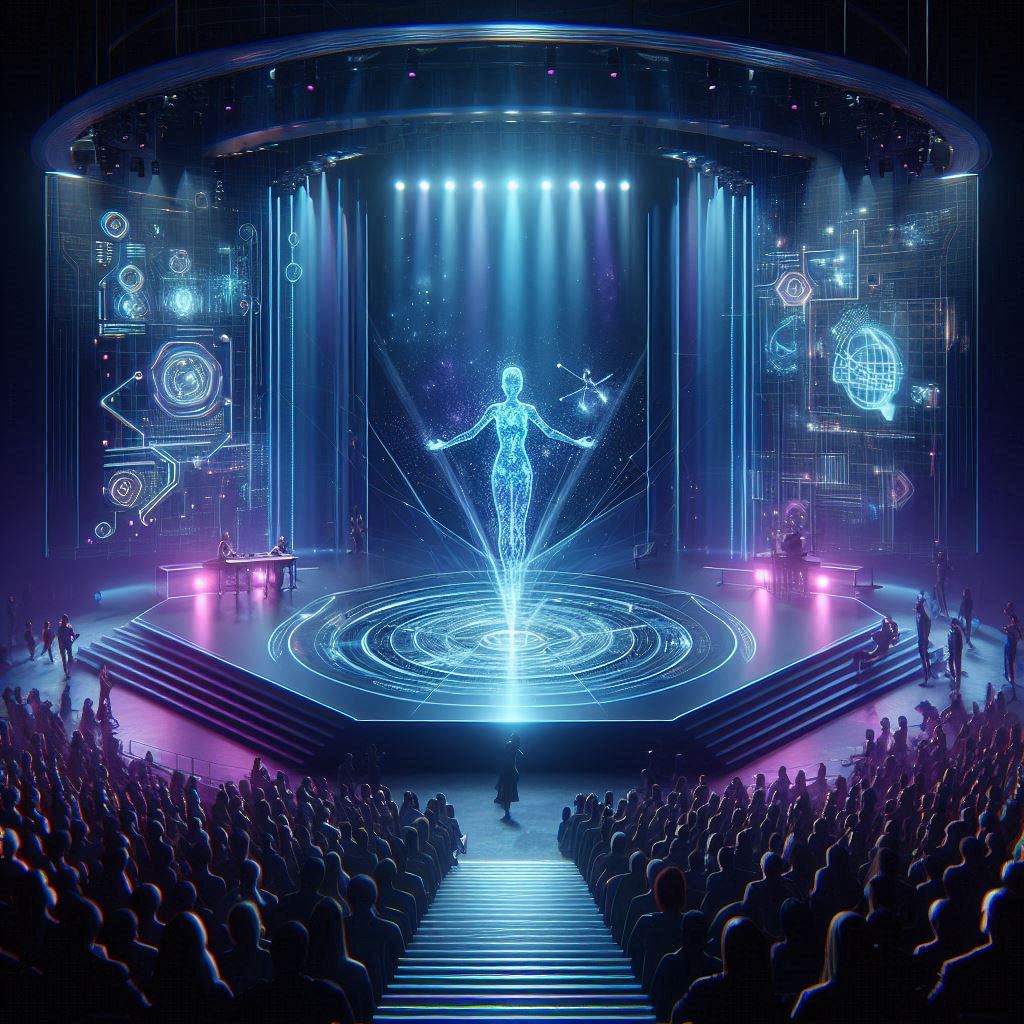
In an era where technology continues to push the boundaries of creativity, holographic performances are emerging as a game-changer for live entertainment. From immersive concerts to interactive theater experiences, the holographic revolution is transforming the way audiences experience live shows.
What Are Holographic Performances?
Holographic performances use cutting-edge projection technology to create three-dimensional images that appear to float in mid-air. Unlike traditional stage setups, these virtual performances bring together live elements with digitally rendered visuals, allowing for seamless integration of past and present. Whether it’s a tribute to legendary artists or an entirely new, futuristic show, holograms add an extra dimension to storytelling and stagecraft.
The Technology Behind the Magic
At the heart of holographic performances is a blend of advanced optics, digital mapping, and real-time rendering. Modern holographic setups use high-definition projection systems and specialized screens that create the illusion of depth and movement. This technology enables producers to bring iconic performers back to the stage, reimagining classic performances with a futuristic twist. As production techniques evolve, the line between reality and virtual art continues to blur, captivating audiences like never before.
Pioneering Examples in the Industry
Recent years have seen a surge in high-profile holographic concerts. From digital tributes featuring legendary icons to entirely new acts where live musicians share the stage with their holographic counterparts, the format is gaining momentum. These performances not only revive beloved music histories but also open doors for innovative collaborations between artists and technologists. Promoters and production companies are experimenting with immersive environments that adapt to audience interactions, paving the way for a new era in live entertainment.
The Future of Live Entertainment
As holographic technology becomes more accessible and refined, the potential for innovation in live entertainment is immense. Upcoming shows are expected to blend virtual reality (VR) and augmented reality (AR) elements with holographic displays, offering audiences an unprecedented level of interactivity. Future performances might allow viewers to customize their experience, choosing different camera angles or even interacting with the holograms in real time. This fusion of technology and artistry is set to revolutionize how we experience concerts, theater, and other live events.
Conclusion
The holographic revolution is more than just a technological trend—it’s a transformative force in live entertainment. By merging digital wizardry with artistic expression, holographic performances promise to deliver unforgettable, immersive experiences. As we look toward the future, one thing is clear: the stage is set for a new era where the magic of holograms redefines what it means to be truly “live.”



